People build bunker houses for various reasons, often driven by practical, security, and personal considerations.
One man decided to build a bunker by burying a Quonset Hut, showing a unique approach to shelter and protection.
Fifteen years ago, David couldn’t understand why his friends built underground shelters or bunkers.
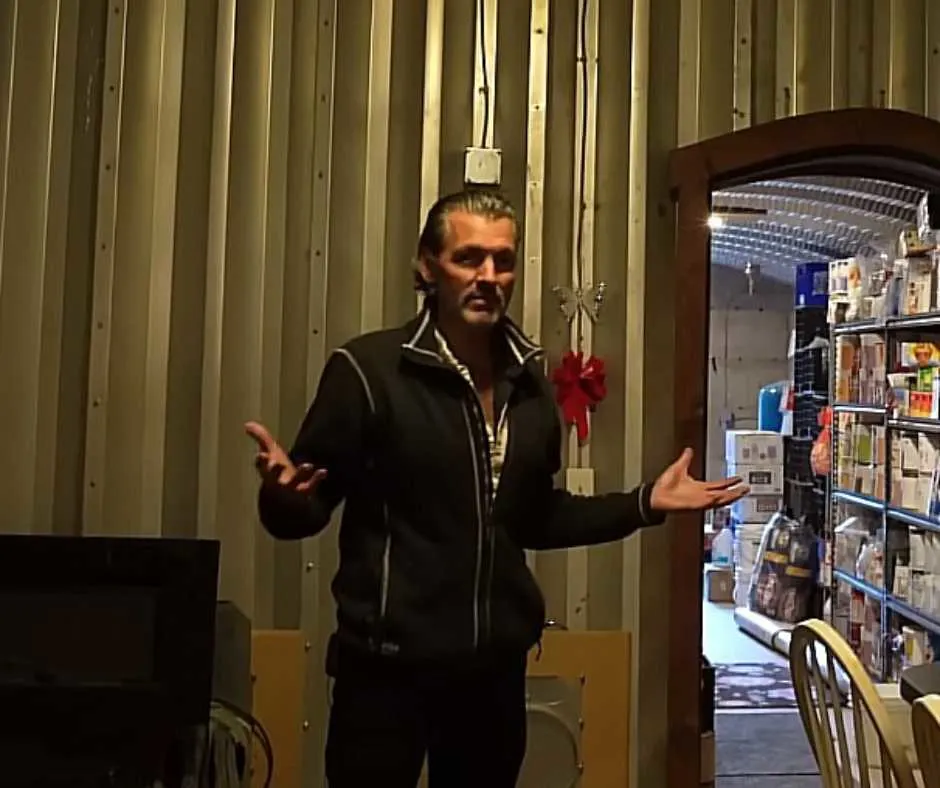
It wasn’t until an ice storm knocked out his power, leaving him without electricity for weeks, that he understood the necessity and practicality of such preparations, according to Fair Companies.
This pushed David to build his own bunker. However, what he built was not an ordinary bunker.
He created a versatile space with the potential to serve as a guest house.
Knowing the costs of building bunkers, David chose a distinctive and cost-effective design.
Instead of the traditional monolithic port, he chooses Quonset Hut – an arched metal structure known for its affordability, simplicity, and ease of construction.

The Quonset Hut was built on a concrete floor, providing a quick and cheap alternative to regular underground building methods.
The insulation was enhanced by applying spray foam, creating a solid four-inch-thick layer for optimal temperature control.
A shotcrete application with Helix Steel reinforcement was used in the construction process to boost durability.

David highlighted the practicality and cost-effectiveness of the Quonset Hut approach, citing a relatively modest expenditure of approximately $8,000 for the entire structure.
Meanwhile, a traditional concrete-based structure of the same size may cost around $150,000.
The design offers resilience against various weather conditions, making it a secure escape in emergencies due to its curved shape and reinforced exterior.
The construction process involved assembling the Quonset Hut sections, each securely bolted in place.
The task can be done within a day by a team of two to four individuals.
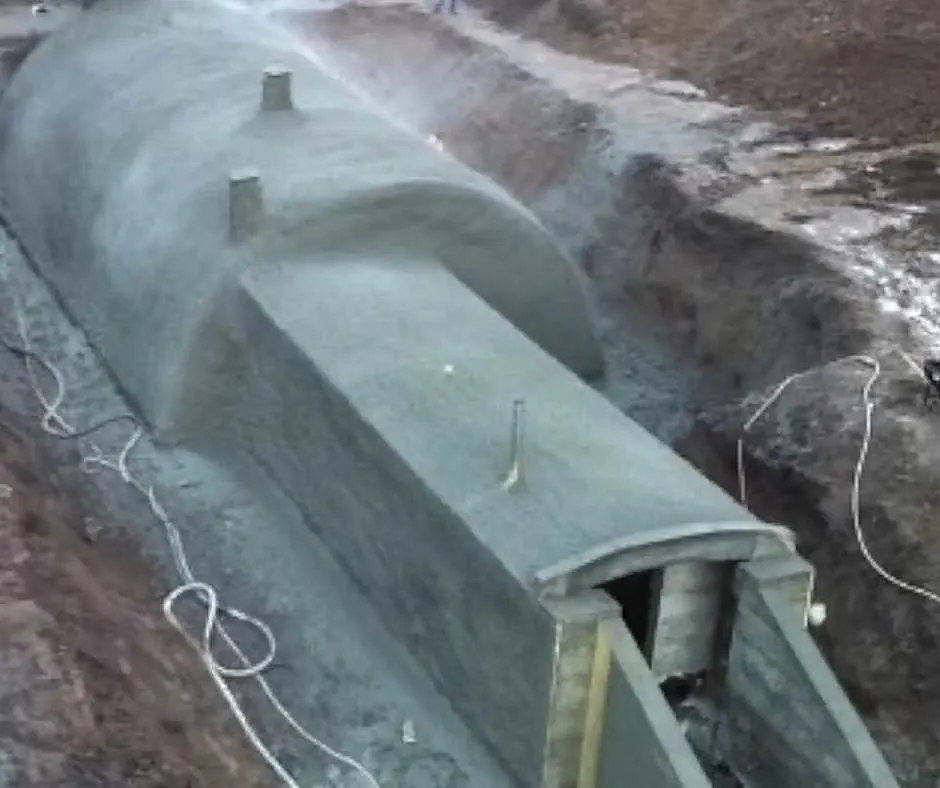
The bunker entrance features a rugged metal door resembling a submarine one.
The 40-foot-long, eight-foot-wide hallway within the tunnel served a dual purpose, functioning as an efficient storage space for food supplies.
The entrance also has a hand pump for water with a 1300-gallon water tank.
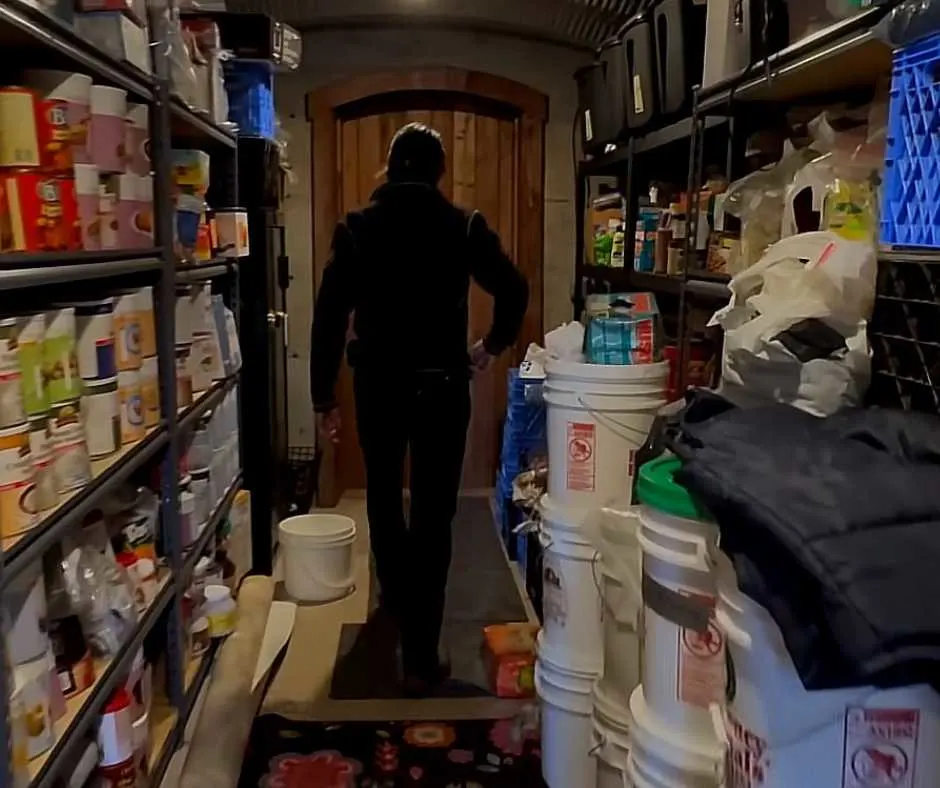
During the tour, David showed the bunker’s small but functional kitchen with a propane burner.
It has a master bedroom, two cozy regular bedrooms, and a bathroom with a standard shower.
These features show that a bunker could provide its dwellers with a conventional lifestyle.
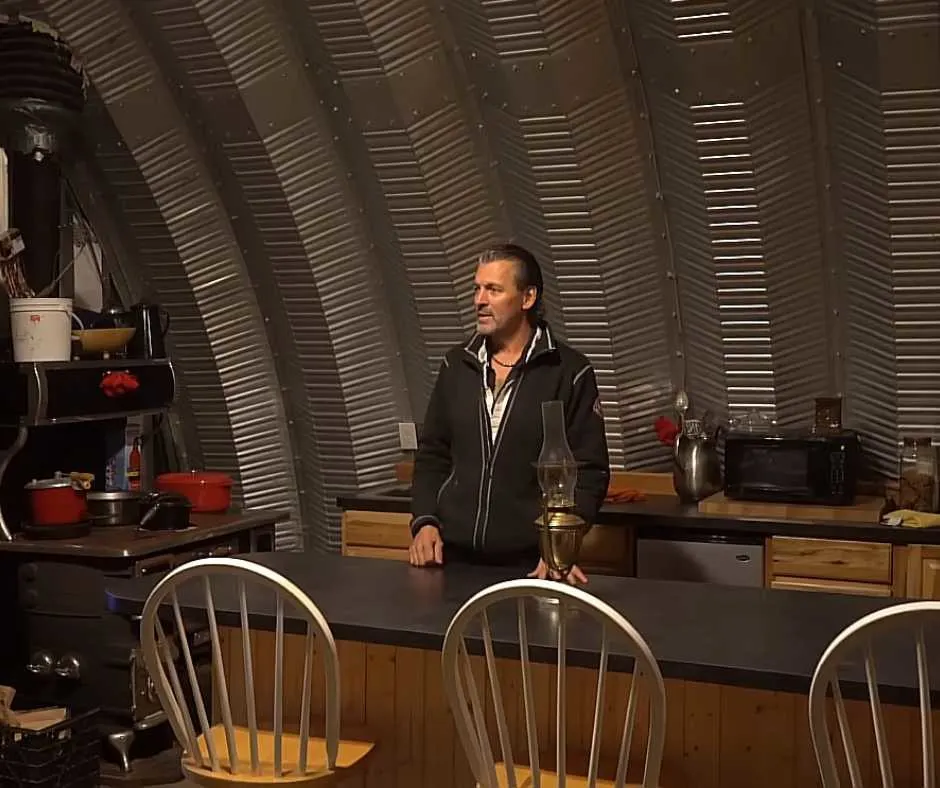
It has a ventilation system with guillotine vents that provides fresh air without compromising safety.
The ventilation also has a 60-foot pipe system for air circulation and to keep everything dry.
Regarding water drainage, David selected the highest spot on the property to ensure proper water flow from the underground structure.
David’s bunker also features an escape hatch in case of emergencies.
Moreover, the bunker maintains a temperature of 55 degrees, keeping the dwellers comfortable throughout the seasons.
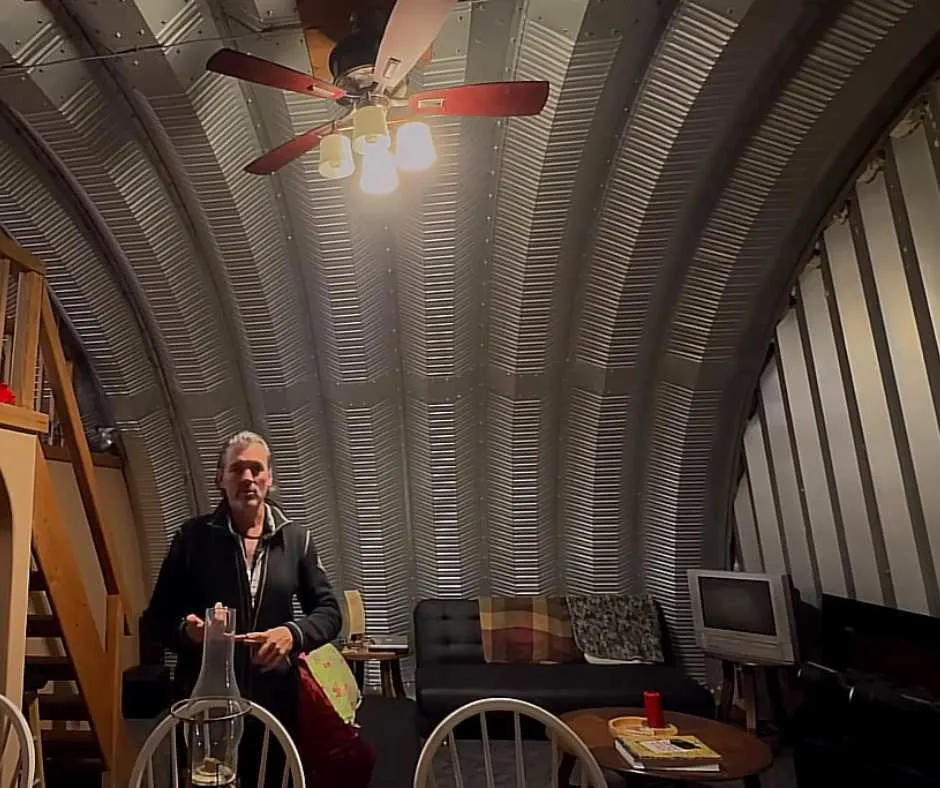
Meanwhile, given the simplicity of the Quonset Hut, David said it is accessible for both construction professionals and enthusiasts.
This decision showcased a keen understanding of the property’s natural topography, reducing possible issues associated with water runoff.
After constructing his own underground “concrete box” as a disaster bunker and guest house, David found a faster and cheaper method for building bunkers.
The result of David’s underground Quonset Hut shows innovation, practicality, and economic efficiency.
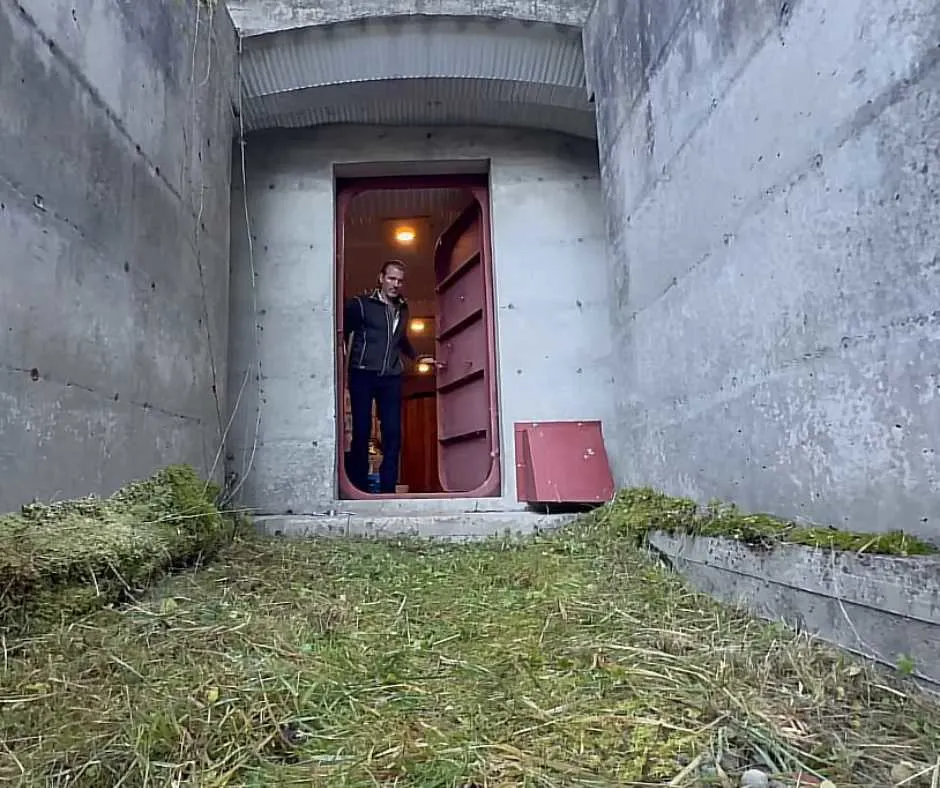
Serving as a good alternative for those looking for a functional shelter during emergencies, this project represents the successful integration of simple with cost-effective construction methods.
David said that it has been 13 years since they built the Quonset Hut bunker, proving it to be a comfortable, practical, and cost-effective solution.
David’s underground structure has served them well for emergency preparation or a secret getaway. And the best part? Anyone can build one!
Watch the video below to see David’s budget bunker villa made from Quonset Hut:
